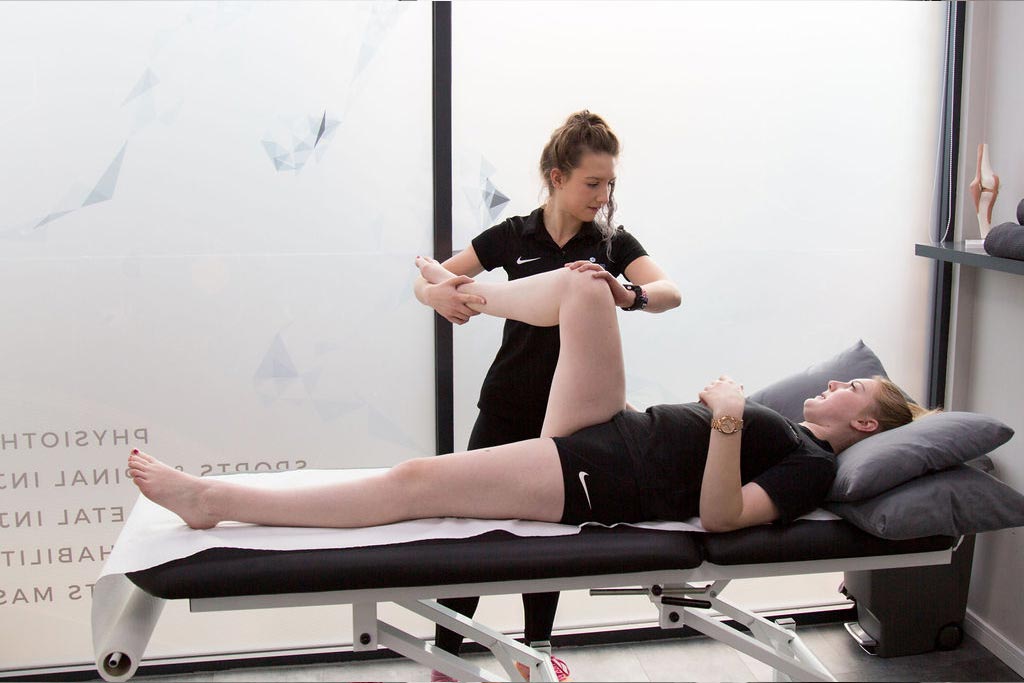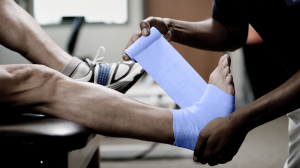
The human body is a marvel of engineering, designed to run for decades on end. Your body, like any other equipment, needs regular maintenance, tune-ups, and minor or significant repairs. Anatomy would define the many parts of your body and their locations if you conceive of your body as a car. The many chemical processes involved in energy production, exhaust emission, and temperature management would be described as physiology.
However, we can only go so far with our automotive comparison. Every human body has its own anatomical blueprint, much like your face and fingerprints. And, while we all have basic anatomical similarities, no two people move in the same manner. Furthermore, unlike a car, the human body has a remarkable ability to heal itself.
- Muscles stretch before contracting
It is incorrect to believe that muscle contraction begins and finishes when the muscle is at rest. In actuality, the degree of contraction is determined by the lengthening of the muscle, which is determined by the flexion of the corresponding joint. Muscles can’t fully contract when joints can’t move through their full range of motion. Anatomy in Motion rearranges the body in such a way that every muscle is forced to contract.
- Joints act and muscles react
Most people believe that muscle contraction is required for joint function, although this is not the case. Your muscles contract to stabilize and protect your joints as they move. When you go close to a joint, every muscle linked with it contracts. The quality of mobility in the joints, not the muscles, is the focus of AIM. The muscles fall into line when the joint operates effectively.
- Perceived center dictates movement, posture, pain, and potential
It’s possible that our notion of “normal” movement isn’t accurate. There is frequently a mismatch between what our brain considers to be comfortable and what is optimal. Your brain controls your impression of the center, which might be influenced by injury. To acquire healthy posture, relieve pain, and maximize our performance potential, we must retrain the brain to restore the joints to their true center.
- Perfection is hardwired and preinstalled
The belief that our bodies naturally know how to achieve and maintain optimal movement is at the heart of AIM. Dynamic neuromuscular stabilization therapy (DNS), which taps into an infant’s inherently programmed reflexes to regulate development during the first year of life, is based on this principle.
Foam rolling, stretching, massage, medicines, steroid injections, or even surgery may provide temporary relief for a specific area of discomfort. However, your pain and dysfunction will return until you identify and treat the joints that have lost their way. The Flow Motion Model identifies erroneous joints and retrains them to move and operate in harmony with their surroundings, restoring pain-free functional movement.







